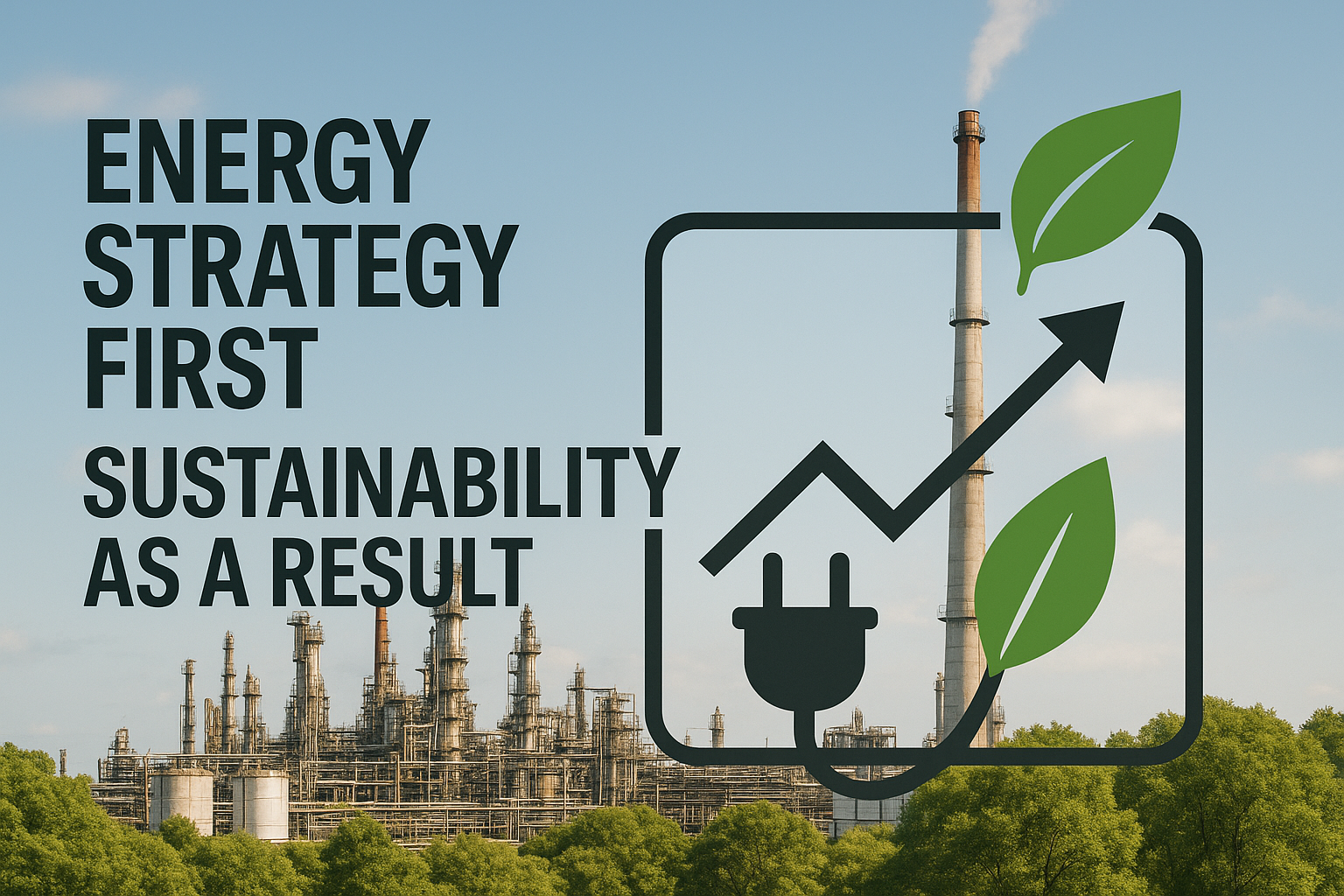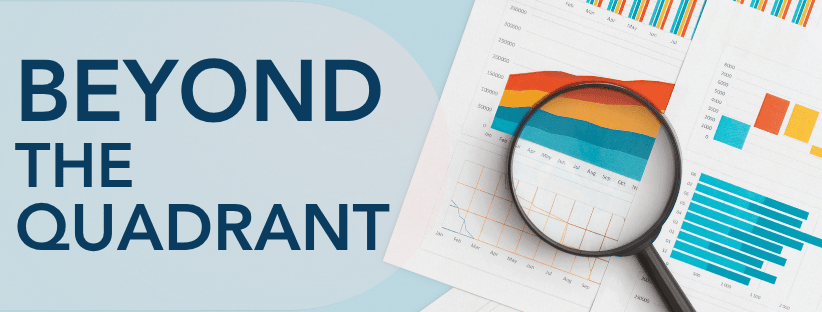Manufacturing leaders today face a pressing challenge: a growing skills gap that threatens the competitiveness and growth of their operations.
According to a recent Deloitte study, the U.S. manufacturing sector alone could face a shortage of up to 2.1 million skilled jobs by 2030, with unfilled roles potentially costing the economy $1 trillion by 2030.
The rapid rise of Industry 4.0 technologies including automation, robotics, AI, and data-driven processes, is reshaping the skills required in front-line operations. Traditional workforce development and training programs struggle to keep pace with these changes.
The result is a widening divide between the capabilities your current workforce holds and what future operations demand. The generation that is retiring now will take decades of invaluable institutional knowledge with them. At the same time, manufacturing requires employees adept at navigating complex digital systems and AI-enabled tools that didn’t exist even five years ago.
The key to remaining competitive lies not just in recruiting new talent but in fundamentally rethinking how organizations develop, retain, and optimize their workforce in this evolving environment. To address this challenge, manufacturers need a structured and strategic response.
This article outlines a practical five-step framework to help close the skills gap and future-proof workforce development efforts:
- Diagnose current and future capability needs,
- Design a skills framework aligned with Industry 4.0,
- Recruit diverse talent through modern pipelines,
- Upskill existing employees with targeted training, and
- Measure progress to refine and scale what works.
This approach gives process industry leaders a clear path to align talent strategies with digital transformation goals, positioning AI not just as a tool for optimization, but as a key enabler of personalized learning and knowledge sharing.
5 Steps To Address The Skills Gaps
To keep pace with evolving manufacturing demands, you need more than reactive hiring. Your workforce strategy must be proactive, focused on continuous development aligned with new technologies. Here is a roadmap to transform your manufacturing talent pipeline and workforce capabilities.
Step 1: Diagnose Your Workforce Gap
The foundation of any effective workforce strategy is a clear understanding of the current state. Begin with a thorough diagnosis of where your skills stand today and what gaps exist relative to future technology requirements.
Use multiple data sources to build this picture:
- HR Data: Review existing qualifications, certifications, and performance data.
- Supervisor Feedback: Conduct structured interviews to gather insights on team readiness and skill gaps.
- Self-Assessments: Have employees rate their comfort with emerging skills like robotics operation or data analytics.
Then, map these findings against your anticipated future needs. This includes competencies in AI-driven decision-making, advanced robotics, predictive maintenance, and data literacy. For example, a maintenance technician once focused on mechanical fixes now must analyze predictive analytics data to prevent equipment failures.
A simple gap analysis table can clarify priorities:
Here’s a simple example of how a gap analysis might look in text form:
Role: Maintenance Technician
Current Proficiency: 3 out of 5
Future Need: 5 out of 5
Gap Size: 2
Role: Production Supervisor
Current Proficiency: 4 out of 5
Future Need: 4 out of 5
Gap Size: 0
Be sure to consider soft skills alongside technical ones. Adaptability, teamwork, and communication are crucial in fast-evolving manufacturing environments.
When addressing workforce skills gaps, it’s important to watch out for common pitfalls that can derail your efforts. Overreliance on manager perceptions without gathering direct input from employees can distort your understanding of true skill levels.
Ignoring soft skills such as adaptability, communication, and teamwork can create future friction, especially in increasingly digital environments. And relying only on lagging indicators, like past performance data, may leave you blind to upcoming gaps, making it harder to take timely, proactive measures.
Step 2: Design a Future-Ready Skills Framework
Once you know where the gaps lie, translate this into a practical development framework. Create competency matrices that define specific, measurable learning outcomes for each skill at varying proficiency levels.
The focus should be on modular, stackable learning paths. Employees benefit from smaller, focused learning modules that build toward broader certifications. This approach fits better with production schedules and adult learning principles than long, one-size-fits-all programs.
Include:
- Technical skills: AI literacy, robotics, data analysis
- Soft skills: Problem-solving, communication, teamwork
- Certifications: Industry standards and safety compliance
Involve subject matter experts, frontline operators, and union representatives (if applicable) early to ensure content is relevant, practical, and accepted.
AI can enhance this framework by powering adaptive learning tools that personalize content based on individual progress, making training more effective and engaging.
Step 3: Build Recruiting & Talent Pipelines
Addressing the skills gap isn’t just about training existing workers. Building sustainable pipelines for new talent is essential, especially as manufacturing careers evolve.
Effective recruiting strategies include:
- Apprenticeships and work-study programs that combine classroom and on-the-job learning.
- Targeted diversity initiatives, such as women-in-manufacturing programs and veteran reintegration.
- Partnerships with universities and community colleges focused on STEM and technical skills relevant to your operation.
These efforts help correct outdated perceptions of manufacturing as “low-tech” work by showcasing high-tech opportunities and clear career advancement paths.
Use data to monitor pipeline health and diversity metrics. Track:
- Number of candidates sourced from each channel
- Conversion rates to hires
- Diversity composition of applicants and hires
- Retention rates by source
A well-managed talent pipeline ensures your workforce grows sustainably and adapts to technological changes.
Step 4: Upskill & Reskill With Industry 4.0 Learning
The core of workforce development in manufacturing today is upskilling and reskilling your existing employees with Industry 4.0 skills. Modern training blends traditional classroom methods with digital tools:
- E-learning modules for flexibility
- Simulations for safe, immersive practice
- AI-powered adaptive learning platforms that customize content and pace
AI-based training tools can shorten onboarding and skill acquisition times by identifying knowledge gaps in real time and tailoring lessons accordingly. This approach preserves critical institutional knowledge as experienced workers retire.
Common challenges like shift schedules, limited trainer availability, and technology access can be mitigated by:
- Microlearning modules that fit into workflow breaks
- Mobile-friendly platforms accessible on tablets and smartphones
- AI-assisted coaching supplementing human trainers
Many workforce development grants and incentives are available to offset training costs, making such initiatives financially feasible.
Step 5: Measure, Iterate, Scale
Measurement is essential to understand the impact of your development efforts and guide continuous improvement.
Track key performance indicators (KPIs) such as:
- Time-to-competency for new hires and reskilled workers
- Training ROI based on productivity improvements and reduced error rates
- Internal fill rate for skilled roles, reducing reliance on external hiring
- Employee engagement and satisfaction with training programs
Create dashboards that provide visual summaries by site, role, program, and time intervals. This multi-dimensional insight supports timely decision-making and resource allocation.
Future-Proofing Workforce Development With AI
To stay competitive in the Industry 4.0 era, manufacturers must do more than adopt new technologies. They must also empower their people to evolve alongside them. Sustainable workforce development depends on a culture of continuous learning.
This includes regular training refreshers, job rotations, and shadowing opportunities that keep employees adaptable and engaged. But as production processes grow more complex and digital, traditional training approaches alone are no longer enough.
AI-enabled learning tools are transforming how organizations develop talent. These solutions personalize training journeys, dynamically adjust content to match evolving operational demands, and help preserve critical institutional knowledge especially as experienced workers retire.
At the same time, forward-thinking manufacturers are embedding digital literacy and sustainability skills into their development frameworks to stay ahead of industry demands.
Closing the skills gap requires a structured approach: diagnose current and future skill needs, design the right framework, recruit from diverse talent pipelines, upskill existing teams, and measure progress consistently.
Imubit supports this transformation going beyond technology for process optimization to a platform and processes that strengthen workforce development. By generating real-time insights and supporting adaptive learning, Imubit helps process industries future-proof both their operations and their people.
Ready to close the skills gap and future-proof your workforce? Start with a free AI-value assessment tailored to your plant. Discover how Imubit’s technology can help align your talent strategy with operational goals, empowering both your people and your performance.




